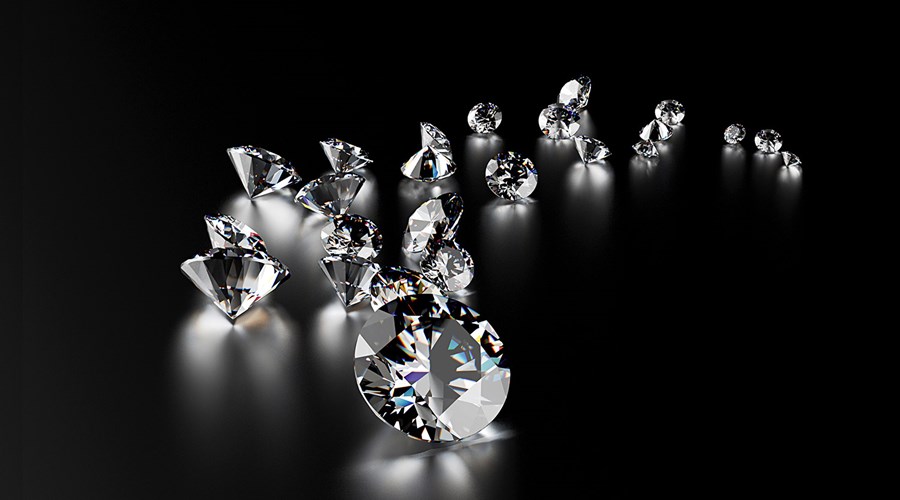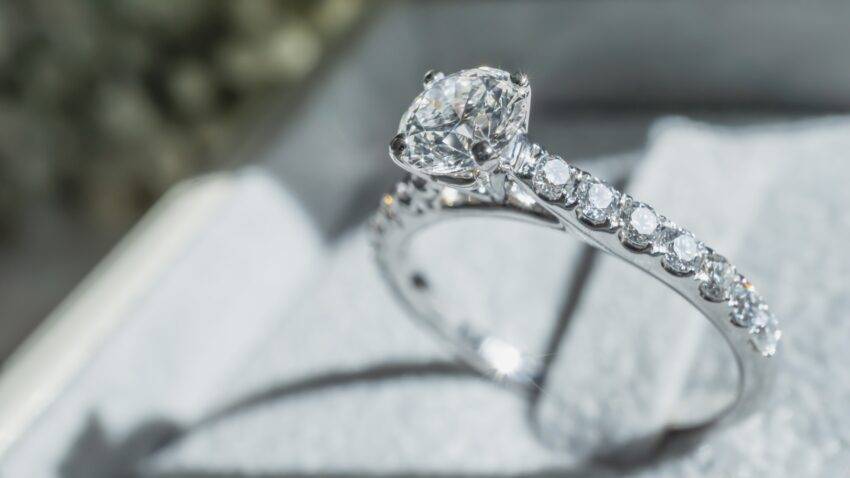Diamonds: The #1 Question Explored

What Makes Diamonds So Special?
The Science Behind Diamonds
Diamonds are not just pretty rocks; they’re formed deep within the Earth under extreme pressure and temperature conditions. Composed of carbon atoms arranged in a crystal structure, they’re the hardest natural substance known. This unique formation gives them their renowned brilliance and durability.
Natural vs. Lab-Grown Diamonds
A hot topic today is the difference between natural diamonds and lab-grown ones. While natural diamonds #1 question are formed over millions of years in the Earth’s mantle, lab-grown diamonds are created in controlled environments, mimicking the natural process. Both types share the same physical and chemical properties, but the key difference lies in their origins and pricing.
The Most Common Questions About Diamonds
Are Diamonds Really Forever?
The phrase “Diamonds are forever” suggests eternal love and commitment, which has made it a popular saying in engagement culture. But is it true? In terms of durability, yes! Diamonds can withstand the test of time. However, it’s essential to consider the emotional and financial aspects of relationships, too.
What Do Different Diamond Shapes Mean?
Diamonds come in various shapes, each carrying its own significance. Round diamonds symbolize eternity and love, while princess cuts represent modernity and elegance. Knowing the meaning behind each shape can help you choose one that resonates with your style and story.
The 4 Cs of Diamonds Explained
Cut: The Heart of a Diamond’s Brilliance
The cut of a diamond refers to how well it has been shaped and faceted. It dramatically affects the diamond’s sparkle. A well-cut diamond reflects light beautifully, making it appear more brilliant. Remember, a good cut can sometimes make a lower-quality diamond look stunning!
Color: Understanding Diamond Hues
Diamonds are graded on a scale from D (colorless) to Z (light yellow or brown). Colorless diamonds are the most sought after, but slight variations can still result in beautiful stones. The color you choose can impact the overall look of the ring, so keep your personal preferences in mind.
Clarity: What Makes a Diamond Flawless?
Clarity refers to the presence of inclusions or blemishes in a diamond. A flawless diamond is rare and typically comes with a higher price tag. However, many lab diamonds with minor inclusions are still incredibly beautiful and can save you some money without sacrificing quality.
Carat: The Weight and Size Factor
Carat weight measures how much a diamond weighs. A higher carat often means a larger diamond, but it’s essential to balance carat weight with cut, color, and clarity. Sometimes, a smaller diamond with better quality can look more stunning than a larger, lower-quality stone.
Buying a Diamond: Key Considerations
Setting a Budget
Before you even start looking, it’s crucial to set a budget. Diamonds can range from a few hundred to several thousand dollars. Decide what you’re comfortable spending, keeping in mind that quality often trumps size.
Choosing the Right Setting
The setting of the diamond can enhance its beauty and impact how it looks on your finger. Whether you prefer a classic solitaire or something more intricate, think about your personal style and daily wear.
Diamond Care and Maintenance
How to Clean Your Diamond
To keep your diamond sparkling, regular cleaning is vital. You can use a simple solution of warm water and mild dish soap. Soak the ring, gently scrub with a soft brush, and rinse. Avoid harsh chemicals that can damage the metal or the stone.
Storing Your Diamonds Safely
When you’re not wearing your diamond, store it in a soft pouch or a dedicated jewelry box to prevent scratches. If you have multiple pieces, keep them separated to avoid tangling or damage.
The Future of Diamonds
Trends in the Diamond Market
As consumer preferences shift, the diamond market continues to evolve. More people are considering lab-grown diamonds due to their ethical sourcing and lower prices. Understanding these trends can help you make an informed decision when buying.
Sustainable Practices in Diamond Mining
With increasing awareness of environmental impact, many diamond mining companies are adopting sustainable practices. From reducing carbon footprints to supporting local communities, these initiatives are making diamonds a more ethical choice for consumers.
Conclusion: Making the Right Diamond Choice
In the end, the #1 question about diamonds often boils down to personal preference and values. Whether you choose a natural diamond or a lab-grown alternative, understanding the factors that influence your decision will help you make a choice you can cherish for a lifetime. So, do your research, consider your options, and let your heart guide you. After all, diamonds may be forever, but your choice should reflect your unique journey and story!





